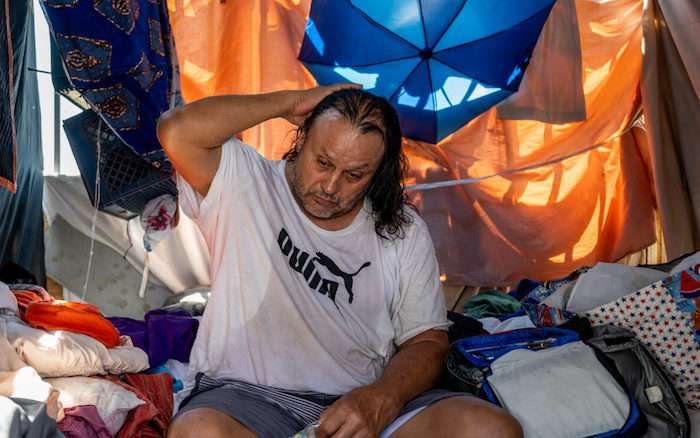
Phoenix is Enduring its Hottest Month on Record, But Mitigations Could Make the City’s Heat Waves Less Unbearable
As urban centers like Phoenix grow, they tend to significantly increase the number of buildings and other infrastructure with the kinds of surfaces that reflect and radiate heat into the environment. More paved roads and parking lots add to the plethora of “heat sponges” that store heat in the day and reflect it back into the surrounding atmosphere at night, preventing areas from cooling down, says Ariane Middel, an urban climatologist and an associate professor in the School of Computing and Augmented Intelligence, part of the Fulton Schools. More shade-producing trees, reflective pavements, smaller parking lots and lighter roofs would make the metro area less prone to overheating in the future, Middel says.




































